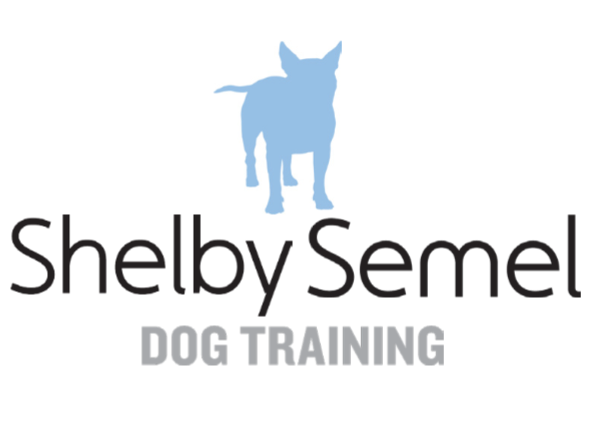Does my dog have separation anxiety?
/Does my dog have separation anxiety?
During the pandemic, we've been really enjoying having our dogs by our sides all day. But now that it's time to go back into the office, we need to think about how that's going to affect our dogs, not just us! This new routine we've established and continued for a year (maybe more) needs to be slowly adjusted back to what it used to be. If we have a sudden switch, our dogs will most likely respond poorly, and we could create more issues than solutions.
Here are some clear signs and symptoms of separation anxiety and isolation distress, and if you notice any of them, you should reach out to your trainer to efficiently work through it as soon as possible. If you're not sure, get a camera to watch them while you're gone!
Barking/Howling for longer than a few minutes
Shaking
Yawning
Panting
Drooling
Pacing
Whining
Scratching at door/escape attempts
Peeing and pooping inside the home
Shelby was even interviewed by Inside Edition - NBC News on the topic of separation anxiety brought about by the pandemic (excerpt below!)
If you have a young puppy who whines and cries for 10-15 minutes but calms down easily, they may not have a severe separation issue, but simply need to get used to being alone on a more consistent basis, which is much easier to work on.
However, if you're noticing or learning that your dog may have separation anxiety, don't panic! It's not something that is impossible to work through, but it does take patience and consistency with helping your dog learn to be comfortable being alone. Below, we cover how to start working on your dog's separation anxiety, but we highly recommend that you work on this with one of our trainers who can help you figure out what pace will be best for you and your pup!
How can I help my dog through separation anxiety?
We have some group classes coming up in late summer/early fall to help you work through your pup's separation issues, or you can seek help from your SSDT trainer!
Working through separation anxiety requires us to use desensitization training as well as daily management tools to help our dogs slowly get used to us not being home with them. Here are some examples of what to keep in mind:
Training:
Desensitizing them to you walking in and out of the front door, or even just walking out of the room (this exercise must be aimed at keeping your dog under-threshold, and if you need assistance knowing what pace to go, contact your trainer for help!)
Whenever you come home and would normally greet your dog, instead calmly ignore them for the first minute or two after you walk in the door. This decreases the amount of excitement and anxiety surrounding your departure and return, and that can make a huge difference!
While you're home, you can also utilize your dog's crate for naps throughout your day to create separation within your home until they're comfortable enough for you to leave the house.
Speak to your vet about supplements or medication if you think your dog has an actual anxiety disorder. They can lessen symptoms and help your dog feel more relaxed during this time. Meds are not a solution, but a tool to help you teach your dog to be more comfy being alone.
Management:
Making sure your pup is getting enough exercise and mental stimulation. Having a baseline of being nice and tired is good!
Suspending absences by using the resources available to you: dog walkers/doggy daycare/sitters or playdates to make sure we're only leaving your dog home alone for as long as they can handle.
Using calming supplements to assist your dog to feel more calm (if your vet has approved them for you).
Using white noise/music/TV to buffer noise and help them feel more relaxed while you're gone.
If you're worried that your dog may get destructive or have an accident, you can make sure they don't have access to your entire home. You can close bedroom doors, or use a gated off kitchen (whatever works for your situation!)
Making sure your dog has options of toys to work on (self-soothing toys, chew/lick toys, food puzzle toys if needed) so they can keep themselves occupied if they relax enough to be interested in them.
If you need help working on your dogs separation anxiety or isolation distress, don't hesitate to reach out to your SSDT trainer for help, or sign up for one of our virtual group classes!
Trainee of the Month:
OSWALD THE MIN PIN/CHIHUAHUA MIX
Oswald and Kathryn are a very dedicated team. When Oswald developed separation anxiety after some major life changes, he couldn’t tolerate being left alone for even the briefest moment and would start crying and scratching at the door immediately upon her departure. Kathryn worked diligently through regular training sessions with Victoria to help build him up so he could be comfortable alone again in the future. They have been making great strides with training and have already surpassed some notable milestones, the most notable being that he now chooses to go lay down when his owner walks out the front door. We are so proud of them!
If you have any questions or would like specific help and advice, feel free to contact your SSDT trainer, or contact us on social media!!
If you have not worked with us before, but you’d like to have a private session to begin your training process, and start working on your dog's basic obedience or other training needs, our virtual training sessions are a perfect place to start!






